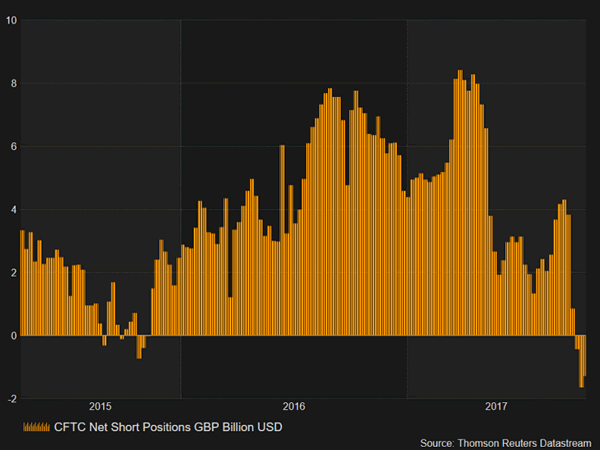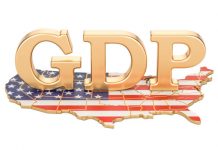Inflation in the United Kingdom rose to the highest in 5½ years in September, reaching 3% year-on-year, data out on Tuesday revealed. The figure is one full percentage point above the Bank of England’s target of 2%, adding pressure on policymakers to reign in the build-up in prices being generated by sterling’s depreciation following the Brexit referendum.
Labour market data released today further supported the case for a rate hike as wage growth came in above expectations. Average weekly earnings rose by an annual rate of 2.2% in the three months to August, unchanged from the prior three months (which were revised up) and above estimates of 2.1%. The unemployment rate was steady at a four-decade low of 4.3%.
Retail sales numbers due on Thursday will also be watched closely as one of the main concerns for the Bank of England is the notable slowdown in consumer spending this year. Household spending had help up surprisingly well until late 2016 despite the shock Brexit referendum outcome. However, wages have not kept pace with increases in living costs as higher import costs have pushed up prices for household goods and services.
Retail sales are forecast to fall by 0.1% month-on-month in September, after an unexpectedly robust 1% gain in August. The annual figure is anticipated to moderate to 2.1% – down from over 7% just a year ago. A strong reading would likely reinforce expectations that the Bank of England will raise rates by 0.25% to 0.50% when it meets on November 2.

However, many economists are warning that raising rates now would be a mistake given the slowing UK economy, as the huge uncertainty surrounding the Brexit negotiations, which reached a stalemate this week, starts to hurt business confidence. UK prime minister, Theresa May flew to Brussels for an emergency meeting with European Commission President Jean-Claude Juncker on Monday but was unable to break the deadlock. She will now have to make a direct pitch to European leaders when she attends the EU summit on October 19-20.
Lack of progress at this week’s summit would likely fuel concerns that Britain is heading for a "cliff-edge" Brexit. The pound has been a bit more immune to Brexit developments as of late as a ‘hard’ Brexit has been mostly priced in by the markets. Sterling has rallied sharply since June, when BoE Governor Mark Carney started signalling the possibility that rates could be going up soon. Those expectations have more than offset the disappointment from June’s snap general election when May’s Conservative party unexpectedly lost its parliamentary majority, reducing the chances of a softer Brexit.
Rate hike expectations have helped net positions for the pound turn positive (i.e. net long) at the end of September for the first time in two years according to data from the Commodity Futures Trading Commission (CFTC). However, the Bank of England may have put a cap on the bullish bets against sterling on Tuesday, after policymakers appeared less confident about the need for a rate rise when they appeared before the Treasury Select Committee in Parliament.

Most notably, the new Deputy Governor Dave Ramsden distanced himself from the majority of MPC members who in August’s meeting had said some removal of monetary stimulus may be needed in the coming months. Another newcomer, Silvana Tenreyro, was also cautious, while Governor Carney refrained from giving any clear signals about a November move.
The not-so-hawkish remarks now put the focus on the expected path of interest rates after November, with the odds of subsequent rate increases declining after yesterday even as the probability of a November hike remains around 80%. A split vote of 6-3 or 5-4 in favour of a rate rise in November could significantly dampen expectations of further tightening, leading to a possible sharp reversal of the pound’s 7% year-to-date gains against the US dollar.















